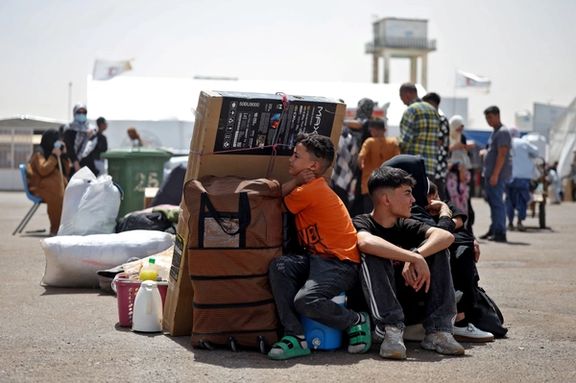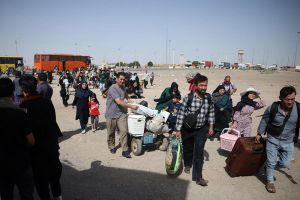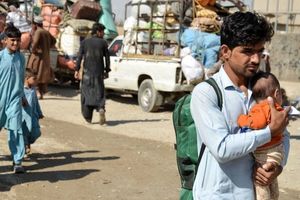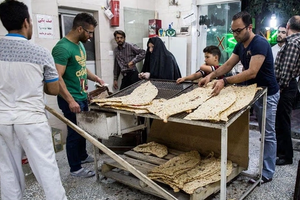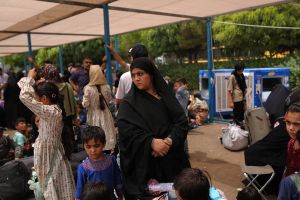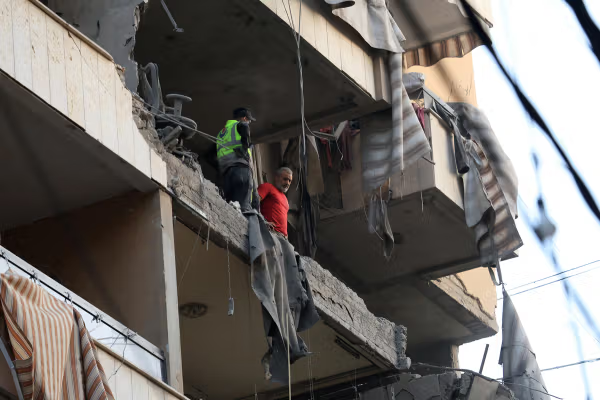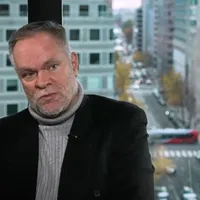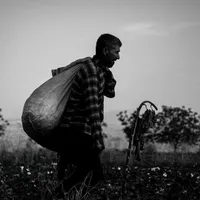Majid Shoja, border guard commander for Iran’s Khorasan Razavi province, said this week that more than 1.5 million Afghan nationals had returned to their country since the start of the Persian year in March -- triple the number from last year.
About 500,000 of them left legally after their residence permits expired, mostly through the official crossings of Dogharoun and Taybad, he said.
Shoja added that around 40,000 illegal crossings were prevented in the first half of the year, double the figure from the same period in 2024.
Iran, he said, is expanding its eastern border sealing project, including the construction of a 300-kilometer border wall, of which 100 kilometers have been completed, and the installation of thermal cameras, acoustic sensors, and 360-degree watchtowers.
These systems, he said, can detect movement up to 45 kilometers away and reduce reliance on manpower.
The commander described the use of advanced surveillance and what he called border diplomacy with Afghanistan and Turkmenistan as key to enhancing security and managing migration.
He also reported a 12% rise in cross-border vehicle traffic and the growing importance of the Taybad free-trade zone and the Khaf–Herat railway link for legal commerce.
Broader crackdown on Afghan migrants
The tighter border measures come amid a nationwide crackdown on undocumented Afghans. In late August, an Interior Ministry official said Iran had expelled 1.8 million migrants over the past year -- most of them Afghans -- and planned to deport at least 800,000 more under a new removal plan.
Rights groups have reported several deadly incidents involving Afghan migrants. On September 8, border guards in Sistan-Baluchestan province opened fire on about 120 Afghans attempting to cross, killing six and wounding five, according to the Baluch rights group Haalvsh.
Human rights monitors, including HRANA, condemned the use of heavy weapons and described the incident as a violation of international law.
The United Nations has warned that mass deportations could trigger a humanitarian crisis in Afghanistan, where the Taliban government is struggling to absorb the influx.
Tehran says its policies are aimed at enforcing immigration law and protecting its borders, insisting that Afghan migrants are treated in accordance with domestic and international norms.
